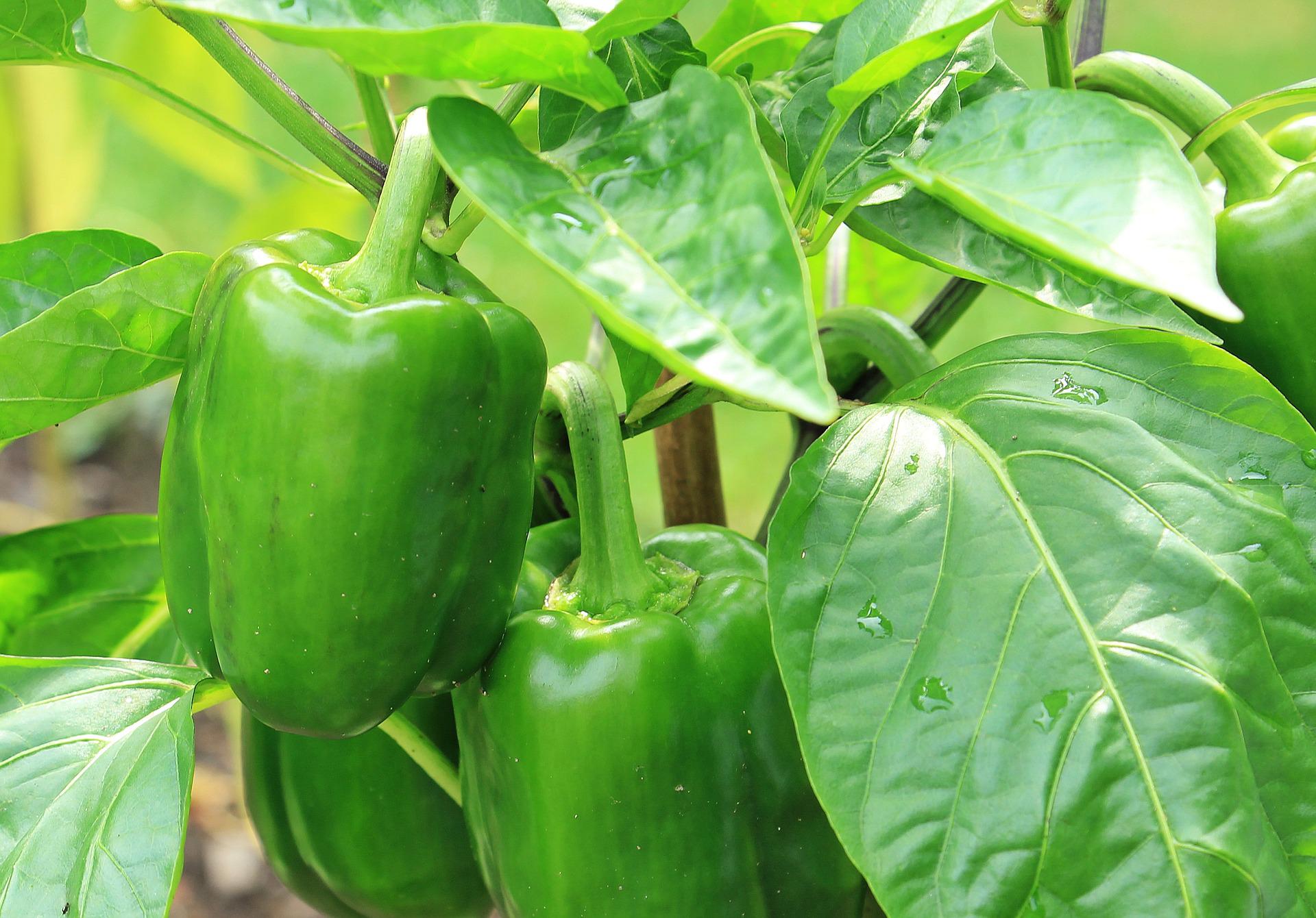Protection of Peppers from Weeds
Regular inter-row cultivation, either mechanized or manual (depending on the size of the production area), helps to aerate the soil and simultaneously destroys weeds. However, weeds within the rows are not affected, so herbicides with active ingredients such as trifluralin (used for soil treatment before planting), pendimethalin (soil treatment before transplanting, at a rate of 5 l/ha), napropamide (before pepper planting, with mandatory incorporation, at a dose of 2.5 – 4 kg/ha), and clomazone (used in transplanted peppers before transplanting with mandatory incorporation to a depth of 5 – 8 cm, and direct sowing after the emergence of peppers in the 2 – 4 leaf stage, at a rate of 0.75 l/ha) are applied in the fight against weeds.
Protection of Peppers from Pests
The most important pests causing significant damage to pepper crops are: western flower thrips, green peach aphid, and European corn borer.
- Western flower thrips (lat. Frankliniella occidentalis)
- Green peach aphid (lat. Myzus persicae)
- European corn borer (lat. Ostrinia nubilalis)
Pests in Greenhouses
Western flower thrips – a small insect found in almost all greenhouses. It primarily attacks peppers, less so cucumbers and tomatoes. On peppers, signs are most visible as fruits remain small, underdeveloped, with necrosis on the surface.
Protection – Spraying yields poor results, but warm or cold fogging achieves significantly better outcomes. Insecticides containing the active substance deltamethrin are used.
Pests in the Field
Green peach aphid – green aphids about 2 mm long. They appear on potatoes, tomatoes, cruciferous vegetables, lettuce, peppers, spinach, peas, beans, carrots, asparagus, and other plants. The green peach aphid is widespread throughout the country, especially in areas where peaches are grown, as peaches are its winter hosts. It infests various vegetables, including peppers, whether grown outdoors or in protected environments. The need for controlling this pest arises after inspecting five groups of five pepper plants at different locations on the plot. If more than 100 aphids are found on those 25 plants, the inspection is repeated after 3 – 5 days. If the second inspection reveals more aphids than the first, spraying with appropriate insecticides should be carried out immediately. It is crucial to strictly observe the withholding period, ensuring there is sufficient time before the harvest, which should be 14 days or less.
For successful control of aphids, thorough spraying is necessary, as they are mainly found on the underside of leaves, protected by a waxy coating. Preparations based on active substances like imidacloprid and acetamiprid are used for control.
European corn borer is a common pest of corn, but it also attacks many other plants. It can cause significant damage to pepper fruits, leading to “worminess.” Insecticides are not recommended for controlling this pest. The intensity of its attack can be reduced if all corn producers organize the destruction of corn stubble, achieved by deep and thorough plowing of stubble left after corn harvesting.













































